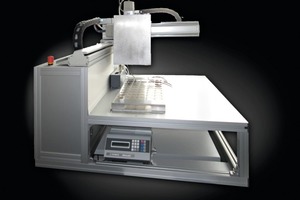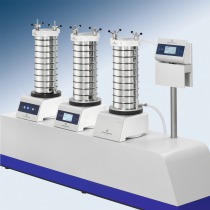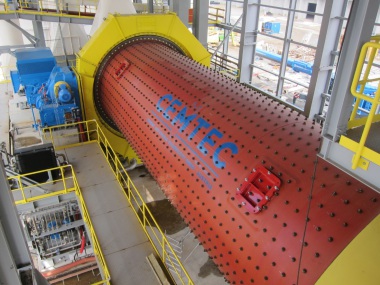New particle counting system to analyse high quantities of samples
Many laboratories are using automatic particle counters to determine the solid contamination within their fluid samples. In most cases, standard sample systems are sufficient for everyday laboratory measurements. Difficulties arise when a high quantity of samples are required daily. Standard systems cannot cope with the sheer volume of samples, so laboratories analysing these very large numbers are forced to use multiple systems in parallel. This creates a higher cost for the companies and the numerous units use up a larger amount of space.
For laboratories with high sample quantities, Pamas has designed the new AS3 autosampling system. The system incorporates an automatic measuring process, so that several hundred samples can be analysed per day. Compared to previous versions, the new Pamas AS3 autosampler consists of improved key features in relation to reliability, sample preparation, sample handling, flushing and sample diluton. The new autosampling system is designed to provide sample analysis of several hundred samples per day, with unattended operation.
The new AS3 system includes a sample preparation probe that breaks all agglomerates in the fluid before analysis. The ultrasonic probe is located on the robot and prepares the subsequent sample whilst the current sample is being analysed. The sample preparation device is cleaned between samples to minimise cross contamination.
The new system has a XYZ stage, operating with samples on trays as this is the most widely used method in high quantity laboratories. RFID (Radio Frequency Identification) or barcode systems can be optionally used to automatically identify the trays.
The system can be linked to an existing LIM (Laboratory Information Management) system. If the existing LIM system can forward sample IDs based on tray number and X/Y position within the tray, no individual sample identification procedure is necessary. If the samples carry RFID or barcode labels, samples can be identified with an attached reader. Sample identification enables correct handling of individual samples. A close link to the LIM system helps to request information about samples. It is possible to transfer special condition options for samples using the LIM system. For example the LIM system can be set up for “necessary dilution factor 9:1” or “average value of the last five results”. The new AS3 handles this information accordingly.
The system can be built to match existing trays. Large systems with several hundred samples to analyse, allow continuous unattended operation (three shifts within 24 hours).
The system is servo motor driven. This increases the speed of operation and reduces the noise level below that of stepper motors.
The system table has an integrated drain trap that collects any spillage. A drainage system can be connected to feed the spillage to a central collection system. The autosampling system is also equipped with an intelligent flushing device which optimises the sequence of samples.






